
Recently I returned to Samaná, a small fisherman’s town in the northeastern part of the Dominican Republic where I had spent a couple of my teenage years.
A lot about the area has changed. What was once a sleepy town is now a growing tourist destination. Roads that didn’t exist now provide easier access to what was once one of the most secluded areas of the island. It’s bittersweet, the whole change thing. You want to know that more people are able to reach one of the most beautiful destinations in the world and that it serves to give jobs and opportunities for the people living there. But at the same time, you want to be able to keep what once was, as it was, because part of the solitude and isolation was in great part what made so much of it so beautiful.
You can stop change from happening, and though a lot of things have changed, what hasn’t changed very much are the people who live there.
The first inhabitants of the area were two native tribes called the Cigüayos and Tainos. Many of the current residents of Samaná are descendants of freed African slaves that were welcomed onto the island by Jean Pierre Boyer when the island was under Haitian control. Over time the population has been diversified by the growing European residents who came, fell in love, and stayed.

I absolutely love photographing the people of Samaná because during my time living there, I was always welcomed and treated like family – for better or for worse.
There is an appreciation the simple things in life here, one you can’t really grasp from within the walls of the resorts and very different from the ideals of the bigger city of Santo Domingo, a 3-hour drive away.
I learned how to dance merengue, salsa, and even the then forbidden bachata in the night clubs of Samaná. This is where I fell in love with a boy I never kissed named Porfirio. I learned to enjoy walking barefoot on the short, cool grass that led to the beach where a luxury hotel now resides. This is where I first tasted the almond fruit straight off the tree, and fell off a palm tree trying to knock down a coconut. I spent the days away swimming in the ocean and the nights, often darkened by power outages, playing games and telling stories. My memories of this special place are happy because the people I met along the way helped to make it so.
 Jose Luis served as our guide through the Haitises National Park, an ecological treasure for adventurers and nature lovers that is accessible only by boat, or by helicopter for those with deeper pockets.
Jose Luis served as our guide through the Haitises National Park, an ecological treasure for adventurers and nature lovers that is accessible only by boat, or by helicopter for those with deeper pockets.


 Young boy serving up a smile as he waits for his refreshments.
Young boy serving up a smile as he waits for his refreshments.
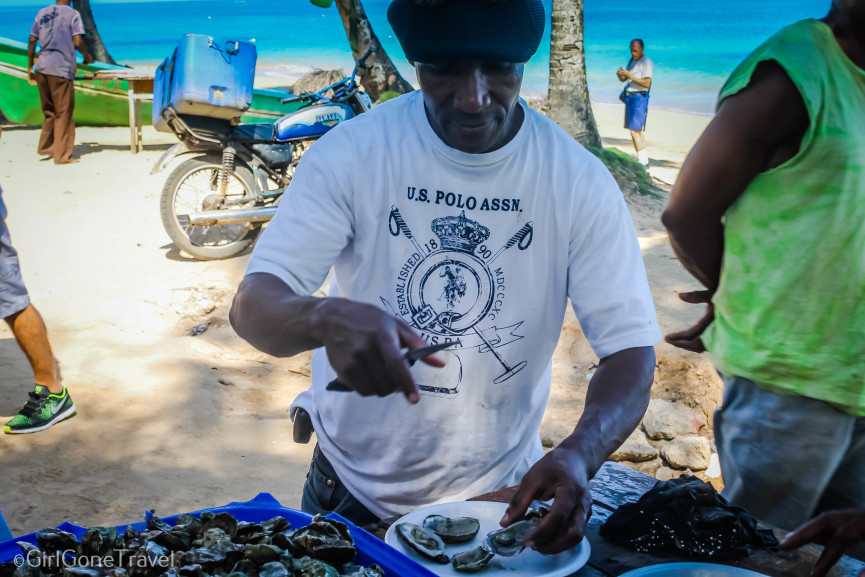
A morning visit to the fish market in Las Terrenas is a perfect time for an impromptu right-out-the-sea oyster tasting. Watch the video of my first visit to the fish market.

Albertina de Peña, loving called “La Vieja” (‘Old Lady’ in English, which is a term of endearment, cause we Latinos are silly like that) learned her baking skills and business savviness from her mother Benilia. As a child, she would join her mother in selling the breads door-to-door to her neighbors. The specialty breads come from traditional Dominican recipes and a must try is their pan de coconete (coconut bread). Baking has been a tradition in her family for three generations. Her daughter, pictured here, is inheriting the tradition and helping to compliment the culinary experience for visitors to Samaná.
 The development of the bakery D’Vieja Pan Ingles was due in part to the financial support of the USAID program to aid in the improvement efforts supported by the tourism board for Samaná.
The development of the bakery D’Vieja Pan Ingles was due in part to the financial support of the USAID program to aid in the improvement efforts supported by the tourism board for Samaná.
 Tour guides for the whale watching excursion with Maritimo Carenero (Mr. Danilo is the owner Tel. 829.981.0776). The tour guides are young. For a lot of these young men and women these jobs, and the tips garnered from the same, are one of the many ways in which they support their family. Traditionally, sons and daughters provide for their parents as soon as they are old enough to work and well into their parents’ elder years.
Tour guides for the whale watching excursion with Maritimo Carenero (Mr. Danilo is the owner Tel. 829.981.0776). The tour guides are young. For a lot of these young men and women these jobs, and the tips garnered from the same, are one of the many ways in which they support their family. Traditionally, sons and daughters provide for their parents as soon as they are old enough to work and well into their parents’ elder years.
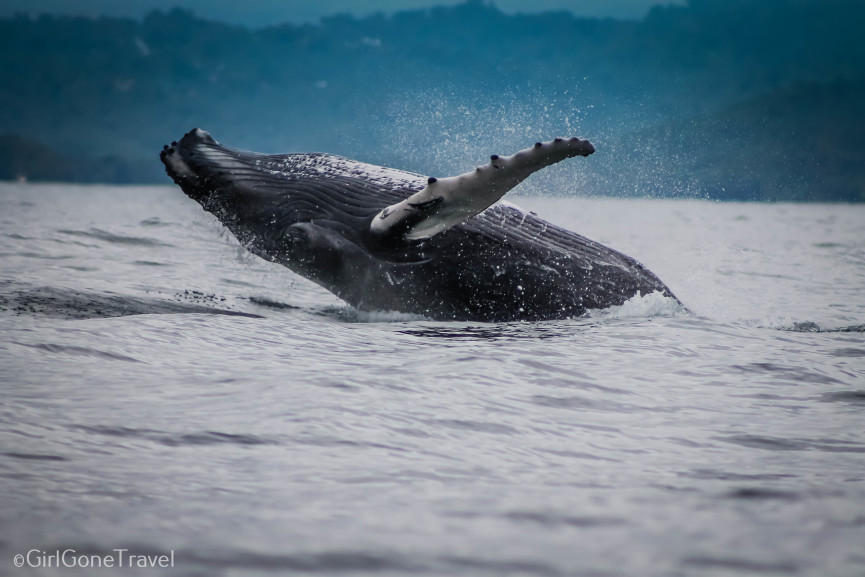 The gulf of Samaná is the humpback whale breeding and birthing destination from January to March every year. Excursions are limited to protect the whales.
The gulf of Samaná is the humpback whale breeding and birthing destination from January to March every year. Excursions are limited to protect the whales.

 It isn’t rare to see young boys join their fathers in the family business. Here a son and father team up to offer charter services to the area’s most secluded beaches.
It isn’t rare to see young boys join their fathers in the family business. Here a son and father team up to offer charter services to the area’s most secluded beaches.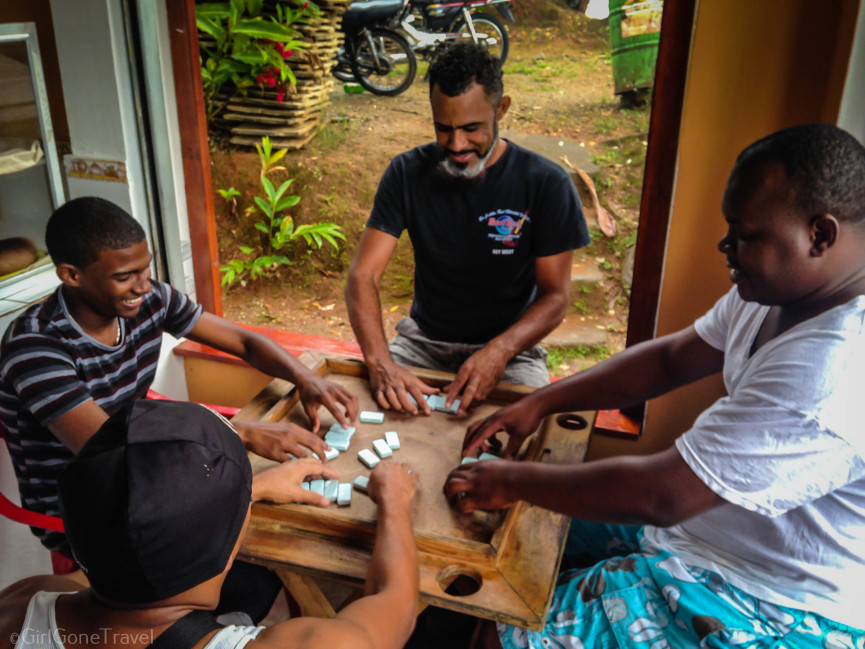
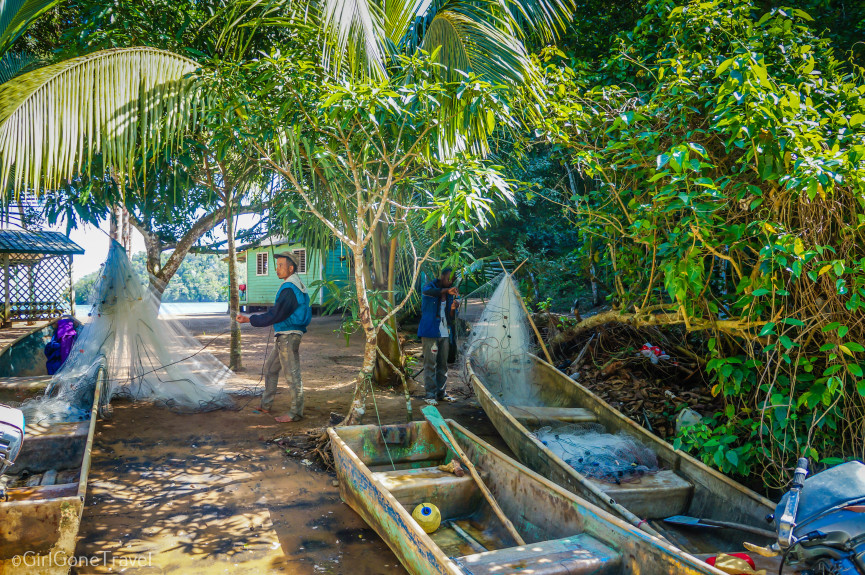

 A day at the Cayo Levantado beach, a popular tourist destination accessible only by boat.
A day at the Cayo Levantado beach, a popular tourist destination accessible only by boat.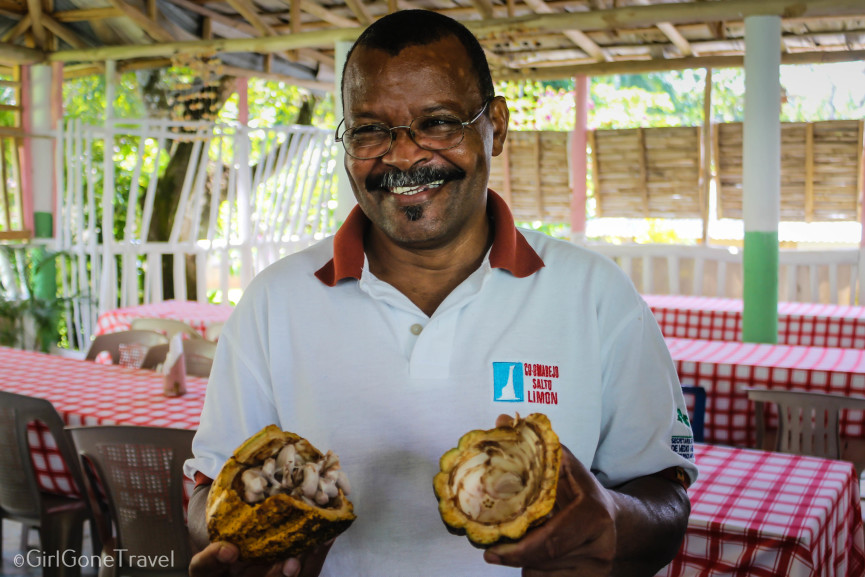


Though I wasn’t born here, I like to think that the time I spent growing up here makes me one among the people of Samaná. When I think of the places that made me feel most happy and at peace, this wonderful place always comes to mind.
My request to anyone who visits is to remember that for many of them, your generous tips are what provides for a lot of these families. The hospitality is genuine, as are the smiles. Which is fitting for those who get to call this destination home.
Read more about what to do in this beautiful destination in my article on Expedia Viewfinder: Exploring the Peninsula of Samaná.
All photography is property of Girl Gone Travel and may not be used without direct consent of the publisher. You can view the entire set on my Flickr page.
Disclosure: I was invited as a guest of Dominican Republic Tourism for the purpose of this review. All opinions are my own.


Amanda Halm
Wow, beautiful photos! It’s definitely on my list, but I’ve never been.
caincarol
Amanda Halm@Amanda Halm: Thank you! I hope you make it there soon : )
caroline [the diy nurse]
I love this! I’d love to know what happened to the boy you fell in love with 😉
And I had no idea it was such a gorgeous place. I’ll be adding this to the list!
caincarol
caroline [the diy nurse]@caroline [the diy nurse]: Hahaha! I guess I will never know! So glad you enjoyed the photos, thank you!
Karen
Inspiring photos! Amazing! The whale shot is my favorite! Nice work!
caincarol
Karen@Karen: Thank you! It doesn\’t do any justice to the real thing though!
Happytraveller
Waw! I love latin people! they have that energy and joy of life that some other people lack! Brilliant photos! I like the fact that are very colorful!
Keep up writing and taking photos, you are doing an excellent job!:)
Happy travelling!
caincarol
Happytraveller@Happytraveller: Thank you so much! So happy you enjoyed them : )